Palaeontology
Type of resources
Available actions
Topics
Keywords
Contact for the resource
Provided by
Years
Formats
Representation types
Update frequencies
Scale
-
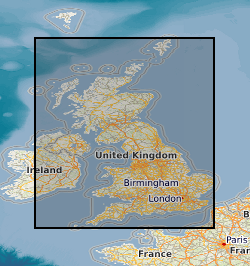
Registers of macrofossils in 127 volumes, covers the whole of the UK. Within each volume, data is arranged sequentially usually by collectors no. The data set began with the first Palaeontologist in the Geological Survey of Great Britain.
-
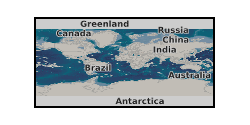
Registers dating from the 1950s listing some of the macrofossil collections held in the Geological Survey of Ireland between 1868 and 1875. They are numbered sequentially, but as they are a selection only, there are some gaps in the numbers. Numbers included are: I1-4893; K1253-4937;L319-3247;N961-3066;O4521-5000; P1-4393; R1-1270;S1978-2099; T1-500 and U1-2113.
-
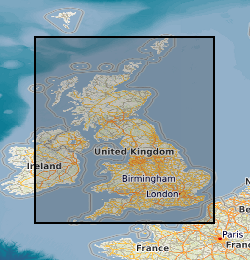
Registers of macrofossils arranged by 1" (one inch ro the mile) or 1:50 000 scale English geological sheets. Each register is numbered 1-359 and each sheet has one or more volumes. Within each volume, data is arranged by collectors symbol. This is the system used in the Leeds office (the London office had a different system- see MACROLONDON). It is this system that is currently in use.
-
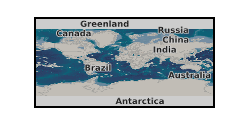
Micro CT scans and associated documents (3d files, animations, segmentation files, data files etc) of palaeontological material.
-

4 volumes of the donations by Boswell of onshore British macrofossils. A number of reports in the PDL series were written in the 1960s.
-

Register of macrofossils identified during the Hartfell Project, Scottish 1" Sheet 16, hf1-2113.
-

Confidential register of palynological samples, NSB1-2525.
-

The datasets consist of a spreadsheets containing sporomorph and biomarker data for 145 samples from Eocene sediments recovered by Integrated Ocean Drilling Programme Expedition 318. We studied palynology (pollen and dinocysts) and palaeothermometry based on Glycerol Dialkyal Glycerol Tetraethers (GDGTs) to a sedimentary record from the Wilkes Land margin, East Antarctica, recovered by the Integrated Ocean Drilling Program (IODP Expedition 318 Site U1356). These data sets provide the framework for a terrestrial climate reconstruction for the early Eocene of Antarctica. Further details of the data and their interpretation may be found in Pross et al. (2012), doi:10.1038/nature11300 and Bijl et al. (2013), PNAS, doi/10.1073/pnas.1220872110 The associated NERC grant is NE/I00646X/1 and NE/I00646X/2.
-
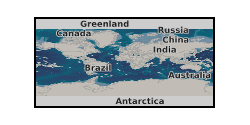
Microfossil samples submitted to the BGS biostratigraphy laboratory are currently registered using the prefix 'MPA'. Samples include rock, residues from sample preparations, and slides of mounted specimens. Rock, residues and slides from the same sample all bear the same unique identifying sample number. The numbers MPA 1 to 54400 have been used, but this grows steadily. There are currently 21 volumes of registered samples. The value added dataset comprises data for each sample held in the sample register, including collectors' symbols and numbers, 1:10k (or 6") OS quarter sheet, NGR, 1:50k (or 1") geological sheet, borehole name and depth (if relevant), locality, geological formation and report numbers. The value added dataset also includes identifications of specimens on each slide, which are listed on logging sheets and are held separately.
-

11 volumes of macrofossil and microfossil collections donated to IGS/BGS. Arranged sequentially in three series: LZ 1-10000 LZA 1-10000 LZB 1-10000 LZC 1-553
 NERC Data Catalogue Service
NERC Data Catalogue Service